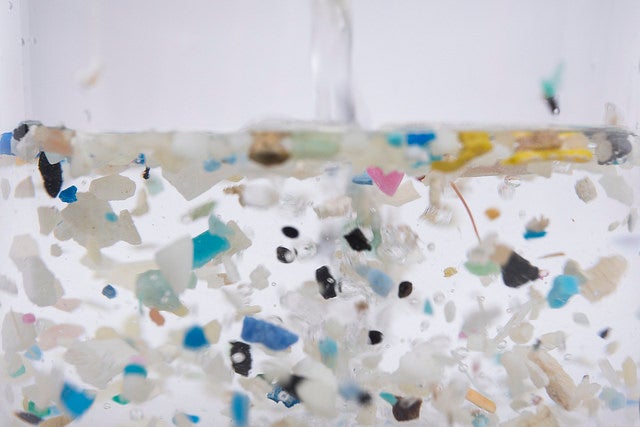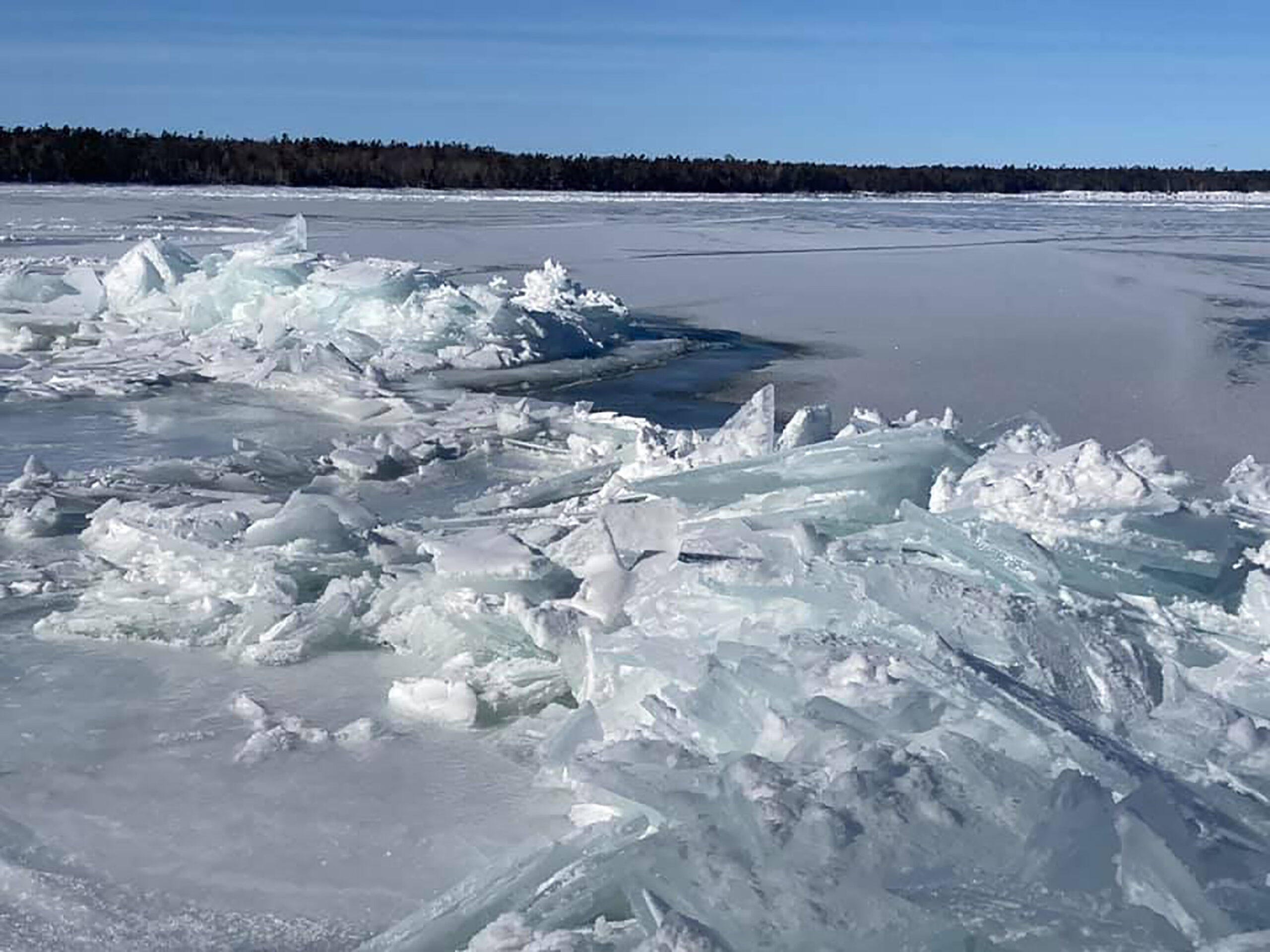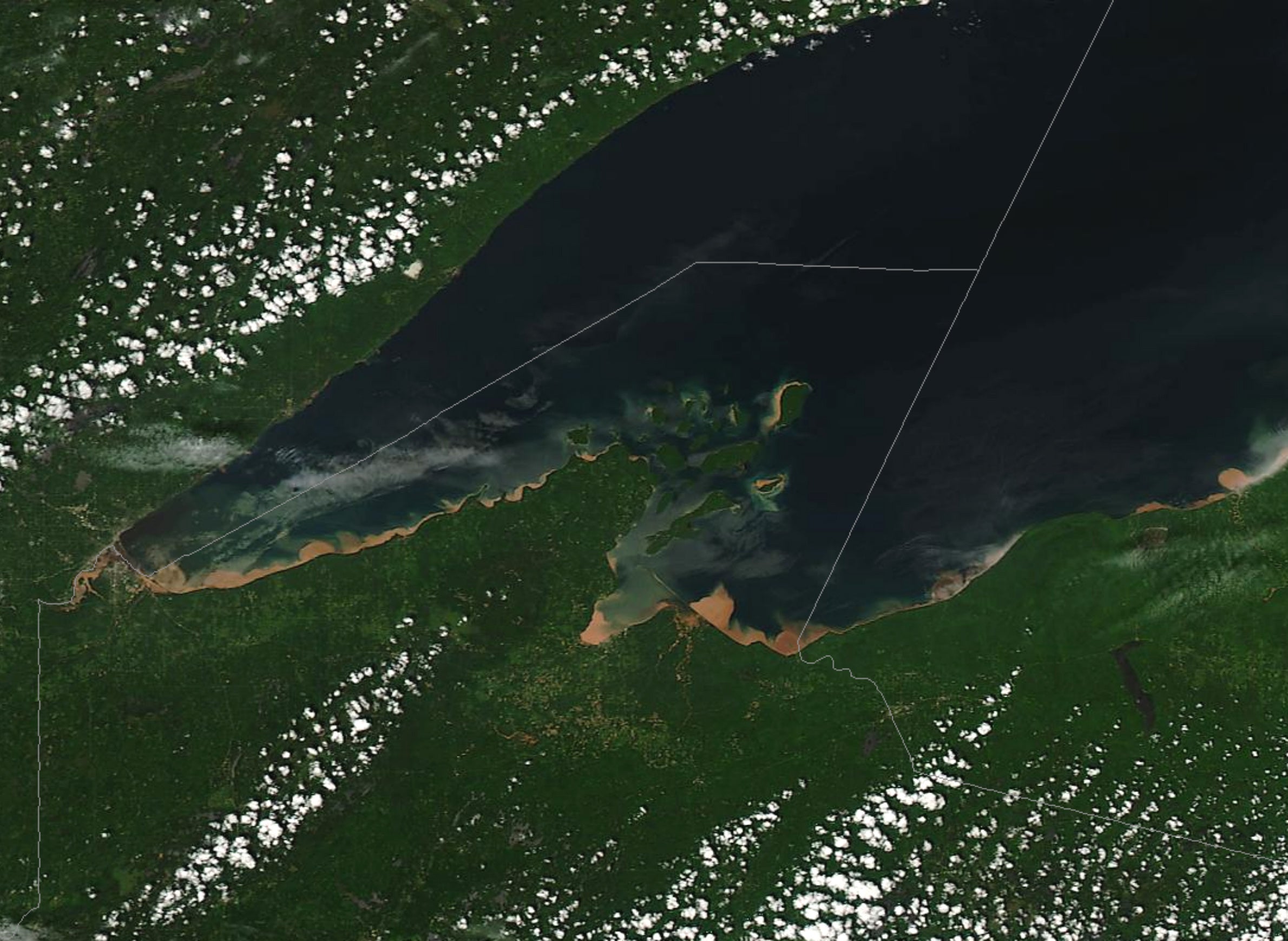Microplastics are ubiquitous. The tiny plastic particles have been found in the air, oceans and food — they’ve even made it to our gut.
But for all the research on microplastics, there’s been little study on nano- and microplastic pollution in the Great Lakes. Now, University of Wisconsin-Madison assistant professors Haoran Wei and Mohan Qin are pioneering that effort.
The researchers are looking into how floating plastic debris in the Great Lakes can release nano- and microplastics smaller than 10 micrometers. They are using membrane technology to filter out bacteria and separate the microplastics into different sizes.
News with a little more humanity
WPR’s “Wisconsin Today” newsletter keeps you connected to the state you love without feeling overwhelmed. No paywall. No agenda. No corporate filter.
“We can use this method to detect some microplastic particles that (could not have been) detected before, and that can open the door for more discoveries in this area — I think that is the most exciting part,” Wei said.
They also hope to discover which types of plastic pollution produce microplastics. “That probably will affect people’s behavior, and maybe some people will not throw it away,” Wei continued.
Wei and Qin applied for funding from Wisconsin Sea Grant in April. It’s part of a national network of 34 university-based programs through the National Oceanic and Atmospheric Administration, or NOAA.
They heard their proposal had been selected for funding — $240,000 — last September, and got to work in February. The U.S. Environmental Protection Agency identified a “critical need” to further study microplastic environmental and human health risks. Research shows they absorb toxic materials like pesticides and may contribute to inflammation in bodies.
An estimated 22 million pounds of plastic flow through the Great Lakes every year, according to a Rochester Institute of Technology report. In the United States, researchers found microplastics contaminating 94 percent of tap water samples.
Wei said there is little research on microplastics in the lakes as opposed to oceans.
“This Great Lake microplastic pollution is very underexplored,” he said.
The team is using surface-enhanced Raman spectroscopy, a technology that uses scattered light to detect and identify small particles that would otherwise be “invisible,” according to Wei.
According to their proposal, these nano-microplastics “are presumably easier to be ingested by living organisms and more likely to absorb toxic organic pollutants.”
Wei and Qin are collecting Lake Michigan and Lake Mendota water samples and adding consumer-grade plastic products to a rooftop tank to absorb sunlight. They’ll see how sunlight and radiation promotes the release of microplastic particles when those larger products float on the water’s surface.
“I think even though we don’t know their toxicity yet, we still feel that we need to know whether they are in there,” Qin said.
Wei and Qin’s goal is to create a monitoring system other environmental agencies can use to detect water-borne microplastics. In the short-term, their research will help them understand microplastic generation — and its risks — from floating garbage. Then they plan to search for pollution hot spots across the Great Lakes.
Asked what she hopes the public can take away from their research so far, Qin said, “Don’t throw your plastics in the lake.”
Wisconsin Public Radio, © Copyright 2026, Board of Regents of the University of Wisconsin System and Wisconsin Educational Communications Board.





